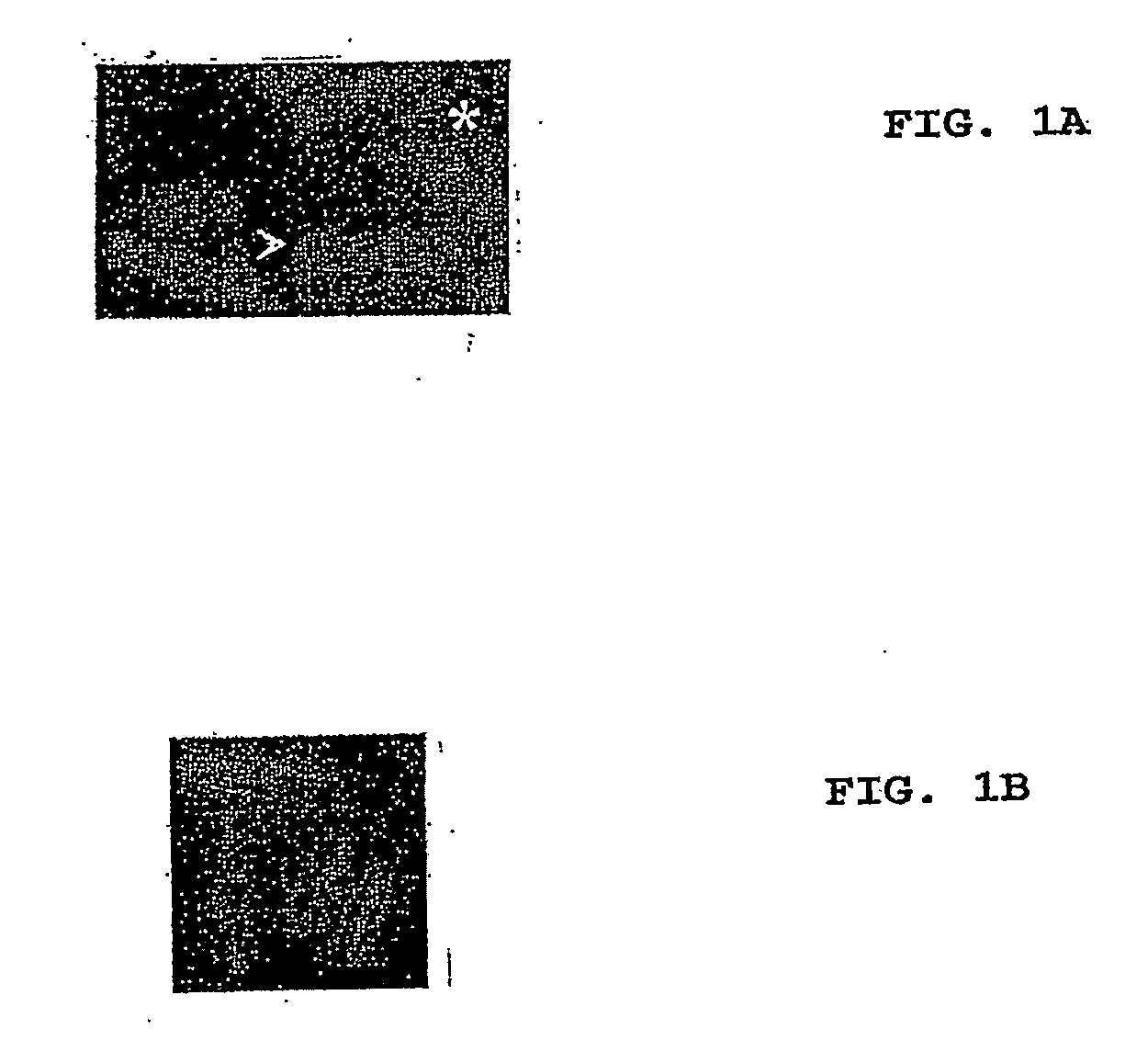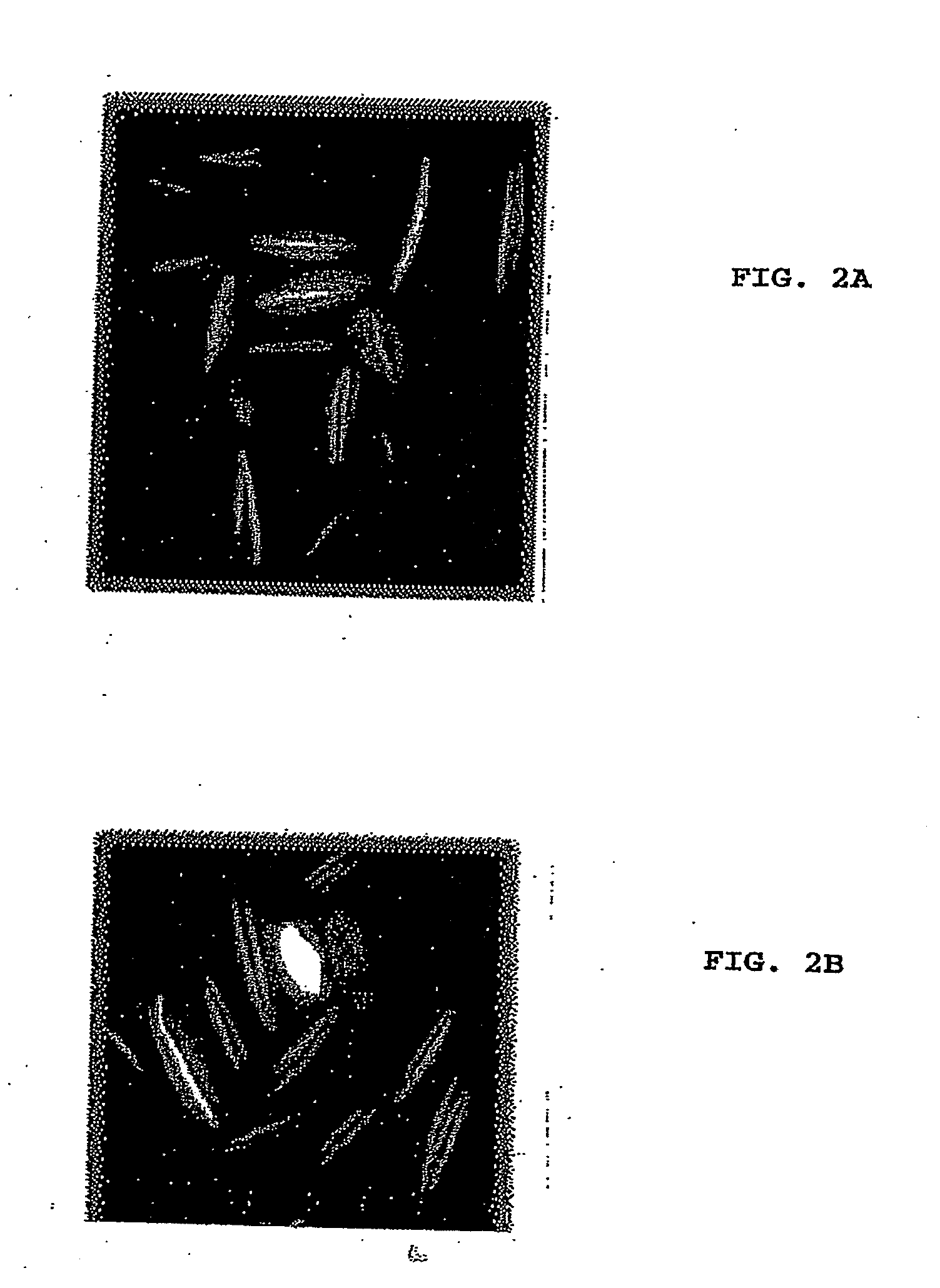Method of Screening Antibacterial Drug Compounds
a technology of antibacterial drug and compound, applied in the field of medicine and agriculture, can solve problems such as the expression of bacterial proteins, and achieve the effect of greater toxicity
- Summary
- Abstract
- Description
- Claims
- Application Information
AI Technical Summary
Benefits of technology
Problems solved by technology
Method used
Image
Examples
example 1
Fusion-Protein Construction and Transformation of the Yeast Schizosaccharomyces pombe
[0059]Transformations with the plasmids were carried out by using the Lithium-acetate method on S. pombe strain MBY192 (h− leu1-32 ura4-D18) (lab collection) or S. pombe mutants MBY241 (h− arp3-1c leu1-32 ura4D-18 ade6-210), MBY311 (h− cdc12-112 leu1-32 ura4D-18), MBY598 (h90 arp2-1a mam2::leu2 leu1-32 ura4D-18 ade6-216), MB-Y1446 (h− alp4-1891 leu1-32), MYB1565 (wee1-50 ura4D-18), MBY2527 (h−Δfor3::kan leu1-32 ura4D18 ade6), MBY415 (h− orb6-25 ade6-M210 leu1-32), and MBY3197 (h− tea1Δ946::kanR leu1-32 ura4-D18 ade6-M216). GFP-MreB, its mutants, and FtsZ-GFP were all expressed from the medium-strength nmt42 promoter. The following fusions were constructed: gfp-mreB, mrfp-mreB, ftsZ-gfp, and sulA-HA.
[0060]The ORF corresponding to GFP was amplified from pREP42-GFP with primers MOH2411 and MOH2412 (for fusion to mreB) and MOH1017 and MOH1276 (for fusion to ftsZ). See Table I, below for primer sequence...
example 2
Expression of GFP Fusion Proteins and Fluorescence Microscopy
[0062]GFP-MreB and FtsZ-GFP were expressed in S. pombe by growing the transformed cultures in the absence of thiamine for 16-20 hours. In the case of fission-yeast temperature-sensitive mutants carrying the GFP-MreB plasmid, cultures were grown in the absence of thiamine for 25-30 hours at 24° C. to allow sufficient expression of the protein. However, prior to the formation of MreB-polymers, the cultures were shifted to restrictive temperatures for a period of 4 hours. The cells were subsequently fixed and stained for actin or tubulin.
[0063]The cells were-either fixed with formaldehyde 0.7%) or observed live under a fluorescence microscope. Inhibition of MreB polymerization was achieved by the addition of A22 at a final concentration of 50 μg / ml after 14-16 hours of growth in the absence of thiamine. Cultures were allowed to grow further for a period of 6-8 hours before washing of A22 for time-lapse microscopy. The cells w...
example 3
Bacterial Actin Expression
[0065]The plasmid containing the GFP-MreB gene fusion (pREP42-gfp-mreB) was transformed into S. pombe cells using lithium acetate. The transformants were grown in the absence of thiamine for 18-22 hours to induce the expression of GFP-MreB. The polymeric structures formed by MreB were observed under a fluorescent microscope.
[0066]FIGS. 2A and 28 show MreB (a bacterial actin) expressed in S. pombe as a fusion with GFP. Filaments produced in the yeast are clearly visible.
PUM
 Login to View More
Login to View More Abstract
Description
Claims
Application Information
 Login to View More
Login to View More - R&D
- Intellectual Property
- Life Sciences
- Materials
- Tech Scout
- Unparalleled Data Quality
- Higher Quality Content
- 60% Fewer Hallucinations
Browse by: Latest US Patents, China's latest patents, Technical Efficacy Thesaurus, Application Domain, Technology Topic, Popular Technical Reports.
© 2025 PatSnap. All rights reserved.Legal|Privacy policy|Modern Slavery Act Transparency Statement|Sitemap|About US| Contact US: help@patsnap.com



